May 23, 2025
Author:Lisa Martinez
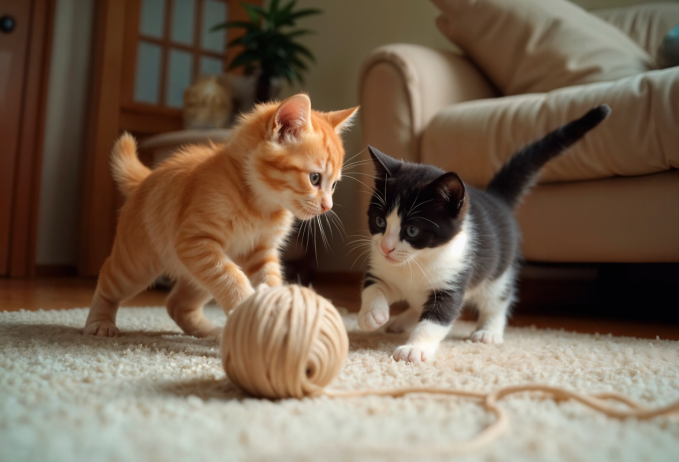
If your cat is avoiding the litter box or making a mess around it, the setup might be the problem. One important detail many cat owners miss is how much litter to put in a litter box. Using the right amount helps control smells, keeps things cleaner, and makes your cat feel more comfortable. But too much or too little can lead to problems like mess, stress, or even health issues.
In this guide, you’ll learn why litter depth matters, how much to use based on the type of litter and box, and how to fix common mistakes. By the end, you’ll know just how to create the ideal spot for your cat to dig, cover, and go comfortably.
Cats carry instincts from their wild ancestors. They dig and cover waste to hide their scent from predators and pests. If you don’t use enough litter, they can’t bury their waste properly. Too much litter, and they may kick it out of the box in frustration. Both cases can lead to box avoidance, soiling around your home, and even urinary tract infections. Proper depth supports natural behaviors, keeps your home tidy, and helps manage odors. Experts in essential cat health tips note that a well-set-up box reduces stress and promotes regular bathroom habits.
1. Litter Box Size. A larger box may need more litter to reach the right depth.
2. Type of Litter. Clumping litter often works best at deeper depths, while silica gel may need less.
3. Number of Cats. More cats means more waste and more frequent top-offs.
4. Individual Preferences. Some cats dig like pros, others barely scratch the surface. Watch your cat to see its style.
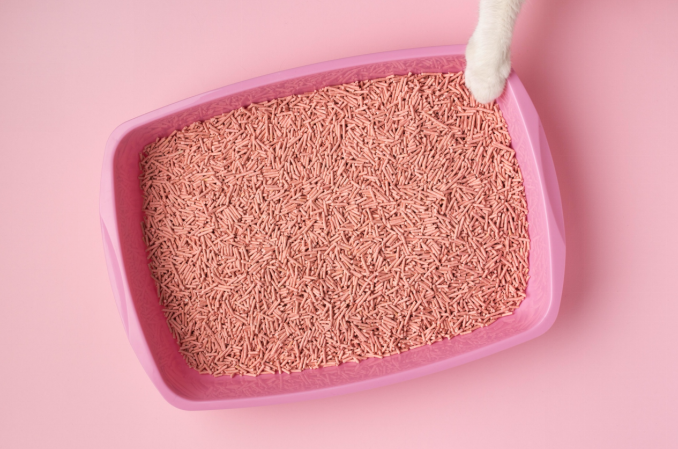
Most cats do well with 2–3 inches of litter. This depth offers enough material for digging and tucking away waste. It also balances absorption and odor control. With daily scooping, you keep clumps on top and fresh litter underneath. If you follow the rule but still face issues, consider these adjustments:
● Heavy Diggers need 3–4 inches. If your cat treats the box like a sandbox, more litter helps it bury without stripping the bottom.
● Sensitive Paws prefer 1–2 inches. Senior cats or kittens may reject deep litter that feels unstable.
● Special Needs kittens and senior cats benefit from shallower litter to reduce strain when entering or exiting the box.
● Recommended Depth: 3–4 inches
● Clumps form when your cat urinates. As you scoop daily, the level drops. Topping off every few days restores depth.
● Tip: Keep a measuring cup nearby. Add new litter in small amounts to keep it level and avoid overfilling.
● Recommended Depth: 2–3 inches
● Absorption relies on the full litter volume. You’ll need to replace it more often, usually weekly.
● Poor odor control can push you to add more litter, but stick to the guideline. Instead, increase scooping to fight smells.
● Silica Gel: 1–2 inches. Crystals absorb moisture well, so you need less volume. Follow the manufacturer’s instructions, but adjust if your cat shows signs of aversion.
● Biodegradable: 2–3 inches. Corn, wheat, or wood litters can clump or absorb differently. Test small changes to find the right balance.
● Ideal Depth: 2–3 inches.
● Open design offers good air flow. Your cat can see its surroundings, which some prefer.
● Challenge: Litter scatter. Solve this by placing a textured mat outside the box and learning how to keep litter off the floor.
● Depth Considerations: 2–3 inches.
● A hood offers privacy but can trap odors.
● Make sure your cat still has room to stand and turn without kicking litter onto the floor or against the walls.
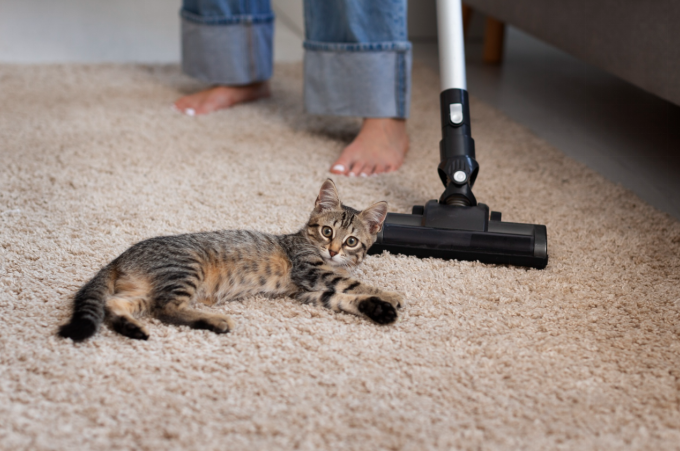
● Specific Requirements: 3–4 inches.
● Machines like the Litter-Robot need deeper litter to detect clumps and rake properly.
● Benefit: A regular cycle keeps depth consistent. You only top off new litter every week or two.
● Use a ruler or depth gauge to check the middle of the box.
● Aim for the exact range—too much leads to scatter, too little to odors.
● Daily Scooping: Remove clumps and solid waste daily.
● Topping Off: Add a handful of litter every 3–4 days to restore 2–3 inches.
● Full Changes: For clumping litters, change completely every 2–4 weeks. For non-clumping, switch weekly.
● Overfilling: Causes unstable footing and scatter.
● Underfilling: Leads to sticky waste and strong odors.
● Watch for signs like refusal to enter the box or excessive digging and adjust depth.
● Too Much Litter: Your cat kicks litter everywhere or steps around clumps.
● Too Little Litter: Waste sits uncovered, and your cat may urinate just outside the box, as in this cat pooping outside scenario.
● Test preferences by changing depth in small increments. Note which your cat uses most.
● Multiple Cats: Offer one box per cat plus one extra. Don’t just pile more litter into a shared box.
● Special Conditions: Kittens, seniors, or cats with arthritis may need lower edges and shallower litter.
● For extreme cases, consult a vet or a certified cat behaviorist. You might find guidance in resources on whisker fatigue and stress relief.
● Scoop clumps and solids every day to keep depth and cleanliness.
● Add fresh litter immediately after scooping to maintain litter to put in litter box level and absorb new waste.
● Use mats or low-tracking litter to catch wayward grains.
● Frequency: Monthly for clumping, weekly for non-clumping.
● Wash with mild soap and water. Avoid ammonia-based cleaners that can repel cats.
● Replace the box once a year to prevent bacteria buildup.
● Proper depth reduces odor by covering waste quickly.
● Choose litters designed for odor neutralization.
● Position boxes in low-humidity, well-ventilated areas to keep litter dry and effective.
● Deeper litter means more product, but clumping litters often last longer.
● Self-cleaning boxes can cut litter costs by up to 50% through consistent level management and quick removal of soiled material. Learn more about portion control and waste reduction.
● Biodegradable litters break down naturally and reduce landfill waste.
● Proper depth and regular maintenance mean you use less litter overall.
● Combine eco-friendly litters with smart pet care hacks for a green routine.
● Box Avoidance: Check litter depth, clean more often, and ensure the box sits in a quiet spot.
● Litter Scatter: Reduce depth or try a high-sided box.
● Odors: Scoop twice daily or switch to a litter with superior absorbency and odor control.
● Persistent aversion could signal a health issue like a urinary tract infection.
● If behavior doesn’t improve after adjusting depth and cleanliness, consult your veterinarian or a cat behaviorist.
Finding the right litter to put in litter box balance requires attention, patience, and a few adjustments. Aim for 2–3 inches as a starting point and tailor depth based on your cat’s digging style, age, and health. Keep the box clean, observe your cat’s habits, and choose a litter and box type that suit both your home and your pet. With the right setup, you’ll enjoy a tidy living space, fewer odors, and, most importantly, a contented cat that never skips a day at the box. Always stay flexible—your cat may surprise you with its preferences!
Popular Post

What to Feed a Sick Dog With No Appetite? [2025 Guide]
May 16, 2023
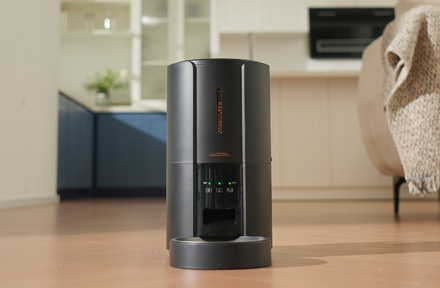
Troubleshooting Common Issues with Automatic Pet Feeders: Tips & Tricks for Pet Owners
Oct 26, 2023
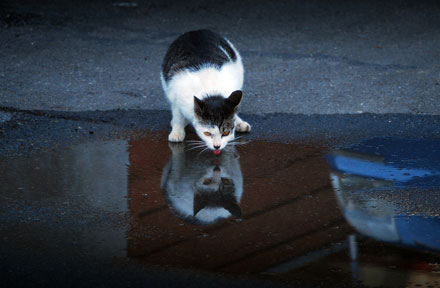
Why Does My Cat Cough After Drinking Water? 8 Potential Reasons
Mar 13, 2023
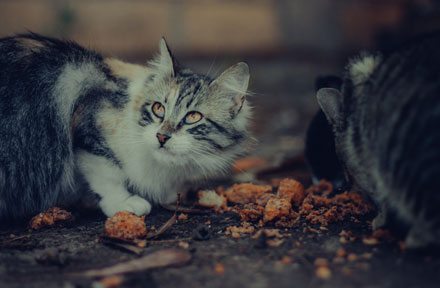
My Cat Only Eats A Little at A Time - What to Do?
Feb 27, 2023
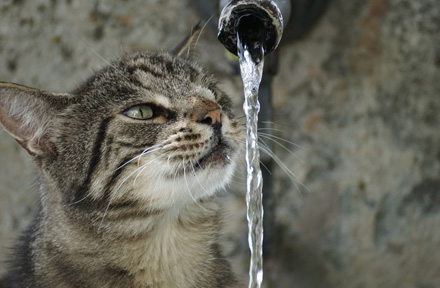
Why is My Cat Throwing up Water? Top 5 Causes Here
Feb 08, 2023
$99.99
$129.99
Copyright © 2025 WOPET. All Rights Reserved.